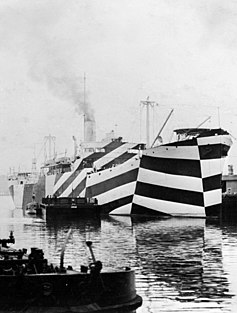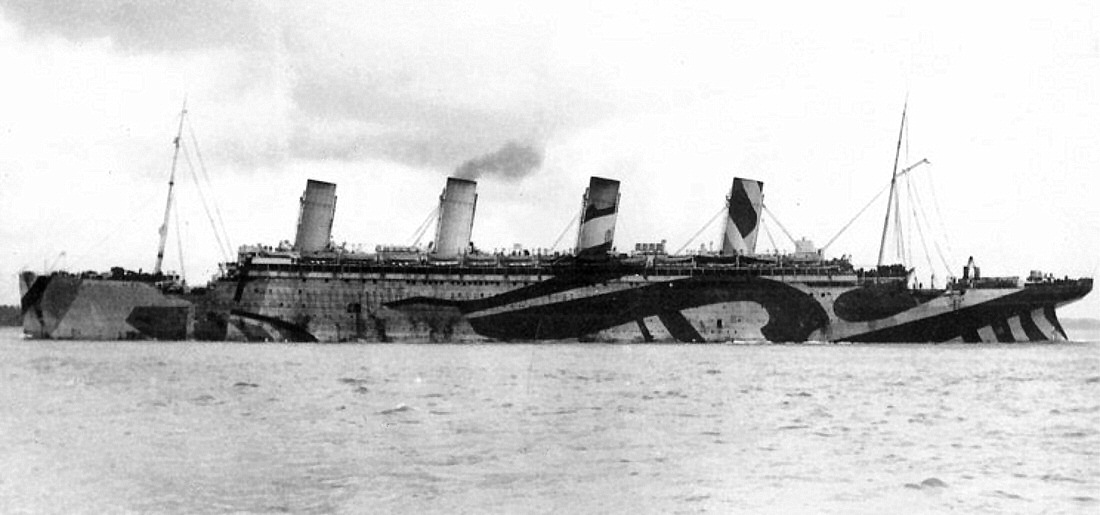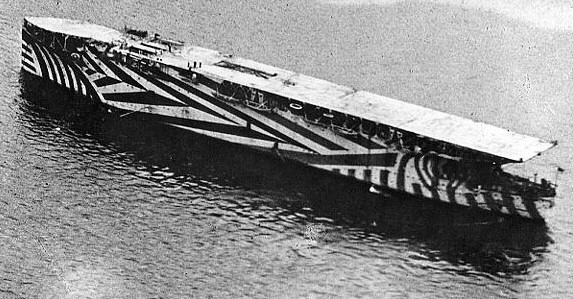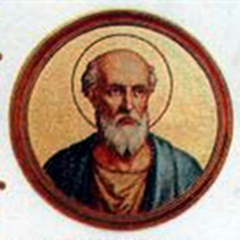Text is from Wikipedia - the free encyclopaedia,
unless otherwise stated.

The Black Watch.
"Nemo Me Impune Lacessit".
"No-One Provokes Me With Impunity".
Badge and Tartan.
Original page was as follows:
Uploaded by GraemeLeggett on 15 May 2007.
(Wikipedia)
1st Battalion
The Black Watch
Pipe and Drums.
Available on YouTube at
Prior to 28 March 2006, The Black Watch was an Infantry Regiment – The Black Watch (Royal Highland Regiment) from 1931 to 2006, and The Black Watch (Royal Highlanders) from 1881 to 1931. Part of The Scottish Division, it was the Senior Regiment of Highlanders.
The source of The Regiment's name is uncertain. In 1725, following The Jacobite Rebellion of 1715, General George Wade was authorised by King George II to form six "Watch" Companies to patrol the Highlands of Scotland, three from Clan Campbell, one from Clan Fraser, one from Clan Munro and one from Clan Grant.

The Royal Highland Regiment (The Black Watch), at Fontenoy, 1745.
Signed and dated ' W. Skeoch Cumming/1894'.
Date: 1894.
Author: William Skeoch Cumming (1864-1929).
(Wikimedia Commons)
These were to be "employed in disarming The Highlanders, preventing depredations, bringing criminals to justice, and hindering rebels and attainted persons from inhabiting that part of the Kingdom." The force was known in Gaelic as Am Freiceadan Dubh, "The Dark" or "Black Watch".
The first Battle in which The Black Watch took part was The Battle of Fontenoy, in 1745, where The Regiment distinguished themselves with great bravery.
The Regiment was numbered The 43rd Regiment of Foot, in 1747, changing to The 42nd Regiment of Foot, in 1749. In 1751, The Regiment was titled "42nd (Highland) Regiment" and, in 1758, was permitted the honour to add "Royal" to its title. However, it continued to be known colloquially as "The Black Watch".

Jimmy Doig, Piper of The Angus Black Watch Association,
plays The Pipes at The Old and Saint Andrew's Church,
Montrose, Scotland, on 14 September 2008.
Photo: Frank G. Proctor, Glengate.
The Black Watch was formed as part of The Childers Reforms, in 1881, when The 42nd (Royal Highland) Regiment of Foot (The Black Watch) was amalgamated with The 73rd (Perthshire) Regiment of Foot, to form two Battalions of the newly-named Black Watch (Royal Highlanders). The 42nd Regiment of Foot became the 1st Battalion Black Watch (Royal Highlanders), and the 73rd (Perthshire) Regiment of Foot became the 2nd Battalion Black Watch (Royal Highlanders).
The Black Watch
Homecoming Parade,
Dundee, Scotland.
20 April 2012.
Available on YouTube at
All of The Black Watch Servicemen, listed below, were awarded The Victoria Cross, the highest and most prestigious Award for Gallantry in the face of the enemy that can be awarded to British and Commonwealth Forces.
Francis Edward Henry Farquharson, Indian Mutiny Lucknow, 9 March 1858.
John Simpson, Indian Mutiny Fort Ruhya, 15 April 1858.
Alexander Thompson, Indian Mutiny Fort Ruhya, 15 April 1858.
James Davis, Indian Mutiny Fort Ruhya, 15 April 1858.
Edward Spence, Indian Mutiny Fort Ruhya, 15 April 1858.
William Gardner, Indian Mutiny Bareilly, 5 May 1858.
Walter Cook, Indian Mutiny Sissaya Ghat, 15 January 1859.
Duncan Millar, Indian Mutiny Sissaya Ghat, 15 January 1859.
Samuel McGaw, Ashanti War Amoaful, 31 January 1874.
Thomas Edwards, Egyptian Campaigns Tamaai, 13 March 1884.
John Ripley, First World War Rue du Bois, 9 May 1915.
David Finlay, First World War Rue du Bois, 9 May 1915.
Charles Melvin, First World War Istabulat, 21 April 1917.
Lewis Pugh Evans, First World War Zonnebeke, 4 October 1917.

An 11-foot high bronze statue of a Black Watch Soldier, by William Birnie Rhind,
commemorates over 200 Members of The Black Watch Regiment
who were killed
or wounded in the South African War of 1900-02.
The Black Watch, the oldest Highland Regiment, was formed by General Wade in 1739 to police the Highlands at a time when many of the Clans harboured pro-Jacobite sympathies. Their name derived from the contrast of their dark green Tartan against the regular Red Tunics of The British Army.
The unveiling ceremony for the Memorial, planned for 25th May, 1910, was cancelled
because the Nation was still in Official Mourning after the death of King Edward VII.
Date: 9 September 2011.
Source: Own work.
Author: Kim Traynor.
(Wikimedia Commons)
Robert Munro, the original Black Watch Commander, Colonel Sir Robert Munro.
Lachlan Macquarie, Governor of New South Wales, Australia, from 1810 to 1821. An inscription on his tomb in Scotland describes him as "The Father of Australia".
Bernard Fergusson, Baron Ballantrae, the last British-born Governor-General of New Zealand
Alfred Anderson, Scotland's last surviving World War I veteran (died 2005).
James Anton, Late-Quartermaster-Sergeant of 42nd Royal Highlander and author.
Jim Baxter, Scottish footballer.
Jim Baxter.
Scottish footballer.
A former Member of The Black Watch.
Illustration: DAILY RECORD
Duncan Campbell, Scots nobleman and British Army officer.
Harold Davis, Scottish former professional football player.
Henry Davie, Liberal Member of Parliament for Haddington.
Adam Ferguson, Scottish philosopher, social scientist and historian.
Stewart Granger, actor.
J. B. S. Haldane, British-born geneticist and evolutionary biologist.
Christopher Logue, English poet.
Fulton Mackay, Scottish actor.
Fulton Mackay.
Played Prison Officer Mackay
in the TV Programme, "Porridge", to great acclaim.
A former Member of The Black Watch.
Illustration: AVELEYMAN.COM
Gillean Robert Maclaine, the 25th hereditary Chief of Clan Maclaine of Lochbuie.
Major Ian Stanhope Murray.
Eric Newby, English travel author.
Simon Ramsay, Conservative politician and colonial governor.
Neil Ritchie, British Army officer during the Second World War.
William Rose, screenwriter.
Major Ian Stanhope Murray.
Eric Newby, English travel author.
Simon Ramsay, Conservative politician and colonial governor.
Neil Ritchie, British Army officer during the Second World War.
William Rose, screenwriter.

Portrait of The Viceroy of India,
Field-Marshal Sir Archibald Wavell.
1943.
A former Member of The Black Watch.
Source: IWMCollections IWM Photo No.: TR 841.
Post-Work: User:W.wolny.
(Wikimedia Commons)
Rory Stewart, Scottish diplomat, Harvard Professor and Conservative MP.
Arthur Wauchope, British soldier and colonial administrator.
Archibald Wavell, British Field-Marshal during The Second World War.
The Black Watch
Pipe and Drums.
Available on YouTube at

Piper David Muir, George Glen, Donald McKenzie and Colour-Sergeant William Gardner,
42nd Royal Highlanders (forebears of The Black Watch)
grouped round a drinks table at Aldershot Garrison, England.
Photo: 1854-1856.
Source: This is photograph Q 71646 from the
collections
of the Imperial War Museums.
Author: Cundall, Joseph and Howlett, Robert.
(Wikimedia Commons)























